No matter you are already a seller who has been in an industry for many years or a beginner starting a business. In the world of retail, there are two terms that you may be familiar with or just want to understand, which are Backorder and Out of Stock.
However, there are significant differences between backorder vs out of stock, and understanding these differences can help retailers make better decisions about their inventory management.
Backorder vs Out of Stock: Meaning
Backorder refers to a situation where a customer places an order for a product that is currently out of stock. Still, the retailer promises to fulfill the order as soon as the product becomes available.
In other words, the customer is willing to wait for the product to be restocked.
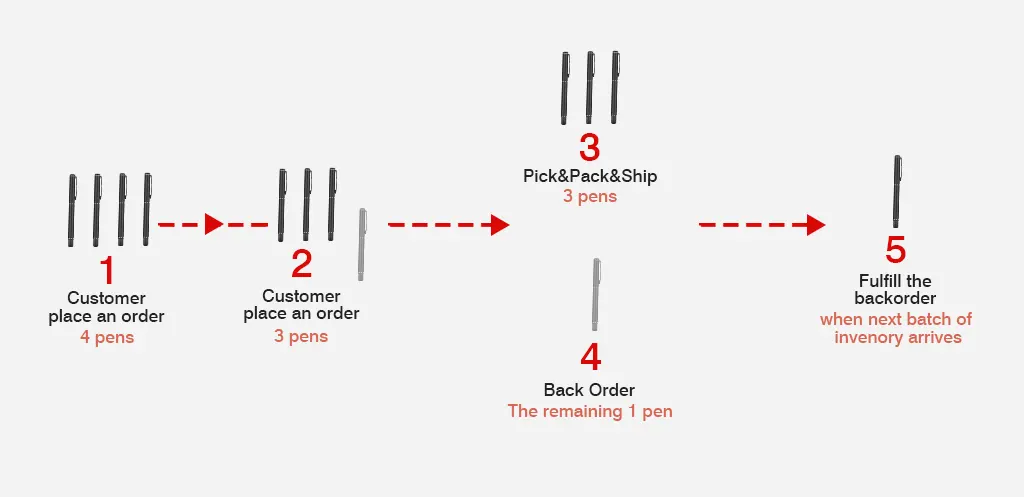
Out of stock, on the other hand, refers to a situation where a product is not available for purchase at the time of the customer’s visit to the store or website.
The customer cannot place an order for the product because it is currently out of stock.
Pros and Cons of Backorder
One of the main advantages of backorders is that they allow retailers to keep customers happy by fulfilling their orders even when the product is temporarily out of stock.
This can help build customer loyalty and increase repeat business.
Another advantage of backorders is that they can help retailers manage their inventory more effectively.
By allowing customers to place orders for out-of-stock products, retailers can better understand demand and adjust their inventory levels accordingly.
However, there are also some drawbacks to backorders. One of the main challenges is managing customer expectations.
If a back-ordered product takes less time to become available, customers may become frustrated and cancel their orders.
This can lead to lost sales and damage to the retailer’s reputation.
Another challenge with backorders is that they can be difficult to manage from an inventory perspective. Retailers need to keep track of which products are on backorder, how many are on order, and when they are expected to arrive.
This can be time-consuming and require a significant amount of resources.
Pros and Cons of Out of Stock
The main advantage of out-of-stock is that it allows retailers to avoid overstocking their inventory.
By only ordering what they need, retailers can reduce the risk of excess inventory they cannot sell.
Another advantage of being out of stock is that it can create a sense of urgency among customers.
If a product is in high demand and is frequently out of stock, customers may be more likely to purchase it when it becomes available.
However, some things could be improved to being out of stock. One of the main challenges is that it can lead to lost sales.
If customers cannot purchase a product because it is out of stock, they may buy from a competitor.
Another challenge with being out of stock is that it can damage the retailer’s reputation.
If customers frequently encounter out-of-stock products, they may view the retailer as unreliable and choose to shop elsewhere.
Well, let me recommend a company to you.
Globallyfulfill offer one-stop service of order fulfillment for small and medium eCommerce sellers, covering product procurement, warehousing management, quality control, logistics transportation, and customized brand packaging.
Globallyfulfill can help you find the best products and all your goods will be available.
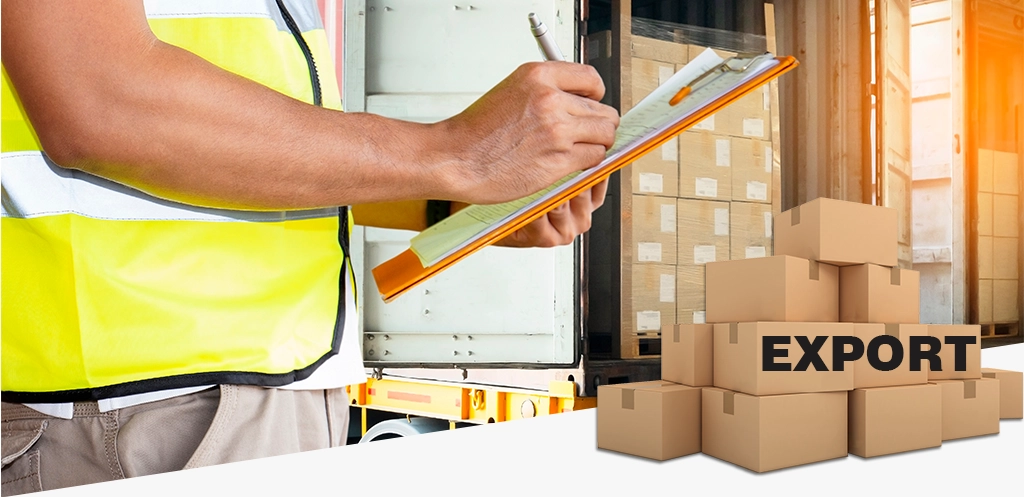
Backorder vs Out of Stock: Difference
The main difference between backorder and out-of-stock is that backorder allows customers to place orders for products that are currently out of stock. In contrast, out of supply means that the product is not available for purchase at the time of the customer’s visit.
Another difference is that backorder requires the retailer to fulfill the order as soon as the product becomes available. In contrast, out-of-stock does not require any action from the retailer.
Best Practices for Backorder Management
Best practices for backorder management refer to the strategies and techniques businesses use to manage their backorders effectively.
Backorders occur when a customer orders a product that is out of stock or unavailable at purchase.
Effective backorder management is crucial for businesses to maintain customer satisfaction and loyalty.
One of the best practices for backorder management is to communicate with customers regularly.
This includes providing updates on their backorder status, estimated delivery times, and any changes in the product’s availability.
Another best practice is to prioritize backorders based on their importance and urgency.
This ensures that customers who need the product the most receive it first.
Additionally, businesses should have a system to track and manage backorders, including inventory levels and order fulfillment processes.
By implementing these best practices, businesses can effectively manage their backorders and maintain customer satisfaction.
Backorder vs Out of Stock Conclusion
In conclusion, backorder vs out of stock are two terms that are often used interchangeably in the world of retail.
However, there are significant differences between the two, and understanding these differences can help retailers make better decisions about their inventory management.
While both backorder and out-of-stock have pros and cons, retailers need to find the right balance to ensure customer satisfaction and maximize sales.
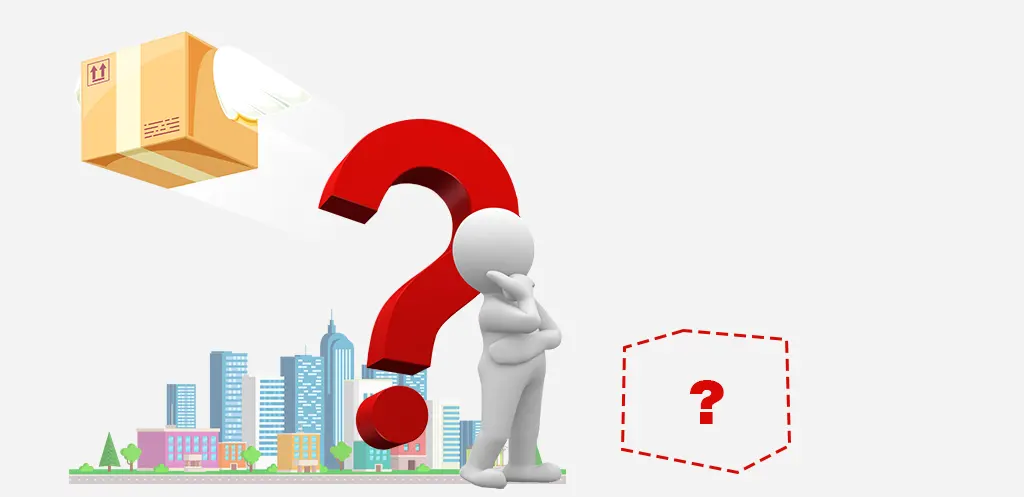
Backorder vs Out of stock FAQs
1. What does “rolling backorder” mean?
Rolling backorder refers to a situation where a company has a backlog of orders that cannot be fulfilled immediately for various reasons, such as supply chain disruptions, production delays, or unexpected demand.
The company may prioritize specific orders and delay others, resulting in a rolling backlog.
This can significantly impact the company’s operations and customer satisfaction.
Rolling backorders can be managed by improving supply chain efficiency, increasing production capacity, or communicating effectively with customers about the status of their orders.
2. How long do backorders take?
Backorders can take varying amounts of time to be fulfilled, depending on the product and the supplier.
In some cases, backorders may be fulfilled within a few days or weeks, while in others, it may take several months.
The length of time it takes for a backorder to be fulfilled can also depend on factors such as the availability of the product, the supplier’s shipping and handling processes, and any unforeseen delays.
Customers need to communicate with their suppliers and stay informed about the status of their backorders to ensure timely delivery.
3. What is a partial backorder?
Partial backorder refers to a situation where a customer’s order cannot be fulfilled entirely due to an inventory shortage or other reasons.
In such cases, the seller may ship the available items and hold them until they become available.
This can cause inconvenience to the customer, who may have to wait longer than expected to receive the complete order.
However, partial backorders are common in the retail industry, and sellers often have policies to manage them effectively.
By communicating clearly with customers and providing regular updates on the status of their orders, sellers can minimize the impact of partial backorders on customer satisfaction.


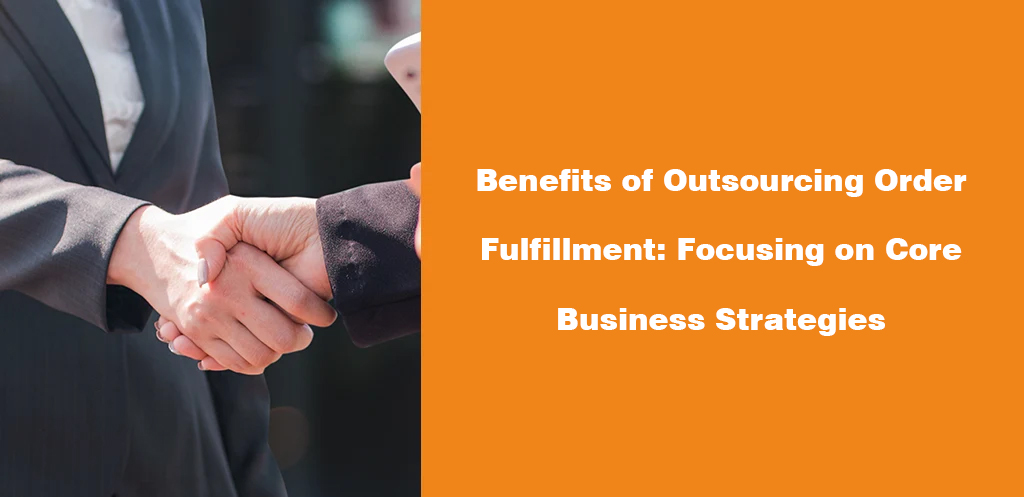


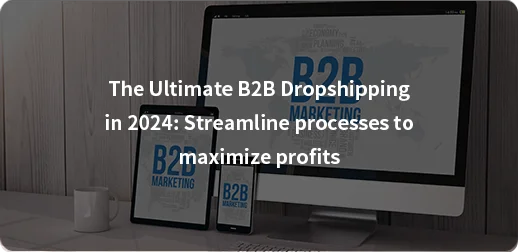
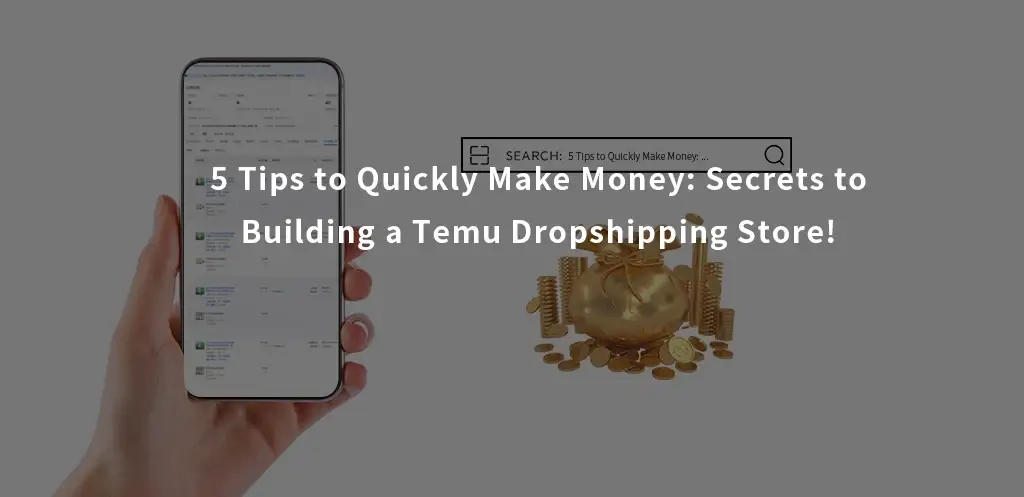



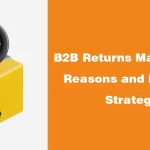

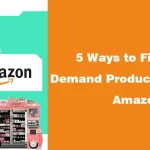




Thanks for sharing. I read many of your blog posts, cool, your blog is very good.